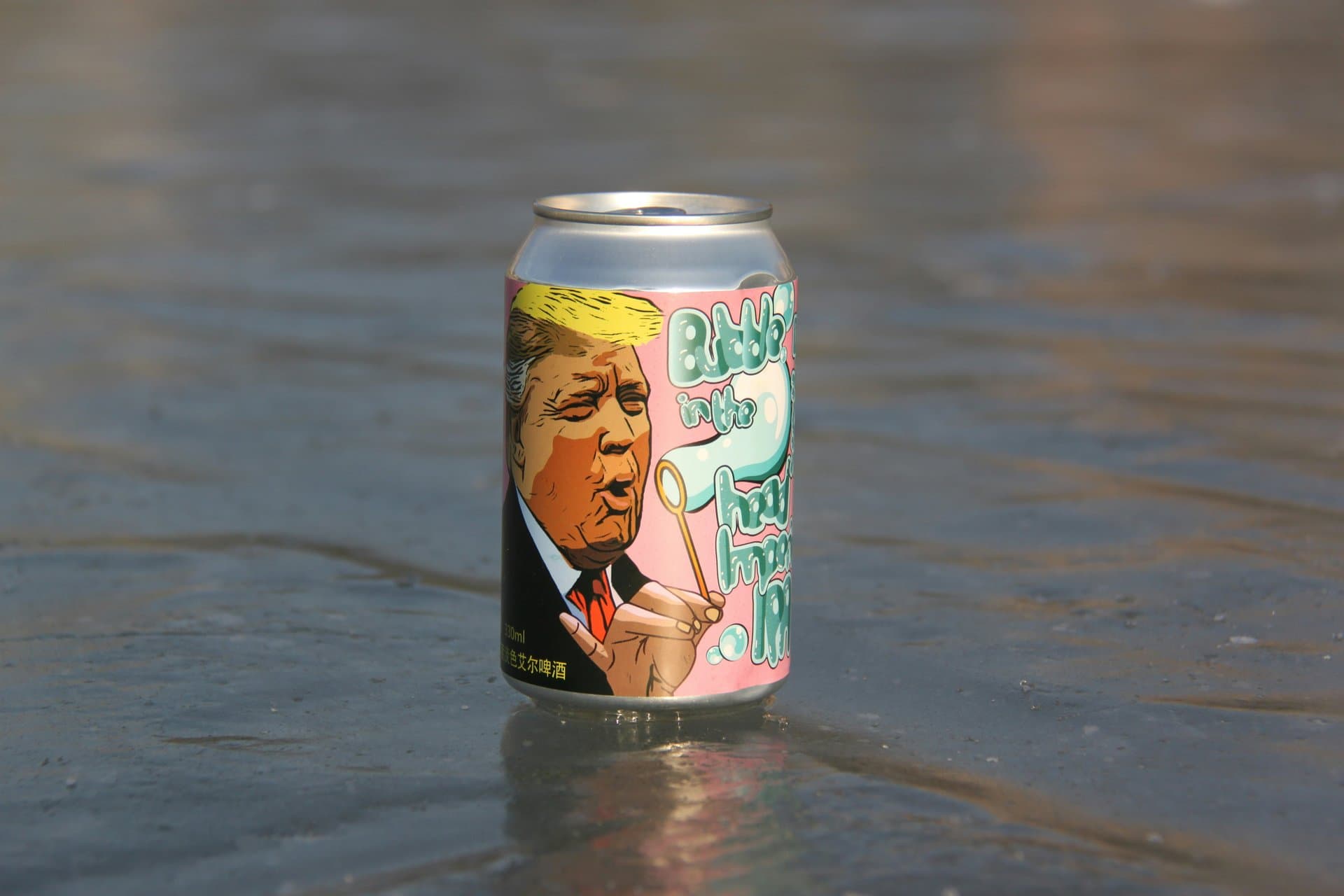Trump’s Rare Earths Fight: Securing U.S. Supply Chains Fast
Explore how Trump’s rare earths strategy reshapes U.S. critical mineral security through bold alliances, strategic investments, and reducing China’s dominance in global supply chains.

Key Takeaways
- Trump’s rare earths fight targets U.S. supply chain security
- U.S.-Australia framework accelerates critical mineral projects
- Strategic investments include $1 billion funding for priority ventures
- China’s export bans highlight supply vulnerabilities
- Multinational cooperation with Japan diversifies rare earth sources

Rare earth elements (REEs) might sound like a niche mining topic, but they’re the backbone of modern tech and defense. From your smartphone’s chip to the F-35 fighter jet, these minerals power the future. The U.S. has long leaned heavily on China, which dominates rare earth mining and processing, creating a strategic vulnerability.
President Trump’s rare earths fight is a bold pivot to reclaim control. By forging alliances, especially with Australia and Japan, and pumping billions into mining projects, the U.S. aims to break China’s grip. This article dives into how these moves reshape supply chains and national security.
We’ll unpack the key initiatives, the geopolitical chess game with China, and what this means for the future of critical minerals. Ready to see how rare earths became a frontline in global trade? Let’s dig in.
Understanding Rare Earths
Rare earth elements aren’t rare in quantity but rare in their concentrated, usable form. They form through volcanic and natural Earth processes, often tangled with other elements. Extracting and refining them is a slow, costly dance.
Think of rare earths as the unsung heroes behind your iPhone’s screen brightness and the stealth of an F-35 jet. Without them, modern tech stumbles. Yet, the U.S. has watched China dominate this space, holding a near-monopoly on refining these minerals.
This dominance isn’t just about economics—it’s a strategic chokehold. When China tightened exports, panic rippled through industries worldwide. The lesson? Relying on a single source for these critical materials is like building a house on quicksand. The U.S. needed a new foundation.
Trump’s Strategic Alliances
In October 2025, Trump and Australian Prime Minister Albanese inked a historic framework to secure rare earth supplies. This isn’t just a handshake; it’s a blueprint for cooperation, investment, and legal muscle.
Australia’s mining projects, like the Alcoa-Sojitz Gallium Recovery and Arafura Nolans, are now front and center. With $1 billion pledged by both nations toward an $8.5 billion project pipeline, these ventures promise to supply significant chunks of global rare earths and gallium.
Japan’s involvement adds another layer, diversifying supply and sharing investment risks. Treating Australia as a “domestic source” under U.S. law unlocks government support, turning allies into partners in a high-stakes race. This trilateral dance challenges China’s grip with coordinated strength.
Government’s Growing Role
Once skeptical of federal intervention, voices like Scott Bessent now embrace a more hands-on government role. The Trump administration is stepping into the mining arena with stakes in companies like Intel and MP Materials, blending public power with private enterprise.
Price floors and equity shares aim to stabilize revenues in a market known for wild swings. This approach mirrors China’s command-and-control style, a surprising pivot for U.S. policy but one born from necessity.
Commerce Secretary Howard Lutnick’s push for government shares in university patents and mining firms signals a long-term vision. The government isn’t just a bystander; it’s a player shaping the future of critical mineral supply and technology leadership.
Lessons from Past Embargoes
History offers a cautionary tale. In 2010, China’s rare earth embargo on Japan lasted seven weeks, sparking panic in industries reliant on these materials. Japanese automakers scrambled, revealing the fragility of supply chains.
The embargo’s end led to a strategic pivot: Japanese firms partnered with Australian miners to loosen China’s grip. This move laid groundwork for today’s trilateral cooperation.
The lesson? Supply shocks aren’t just economic—they’re existential. Diversification and long-term investment aren’t optional; they’re survival tactics in a world where trade can be weaponized overnight.
Future of Rare Earths Supply
The U.S.-Australia framework created the Critical Minerals Supply Security Response Group to keep watch on vulnerabilities and coordinate action. This ongoing surveillance is vital in a volatile market.
Private investors shy away from mining’s long timelines and price swings, but the federal government’s longer horizon allows it to absorb shocks and nurture innovation.
As China tightens export controls, the U.S. and allies are building a new supply chain architecture. This isn’t just about minerals—it’s about securing the building blocks of technology, defense, and economic independence for decades ahead.
Long Story Short
Trump’s rare earths strategy is more than a trade skirmish—it’s a foundational shift in securing America’s technological future. By partnering with Australia and Japan, and backing projects with billions in investment, the U.S. is building a resilient supply chain beyond China’s shadow. This approach blends government muscle with private sector innovation, recognizing the long timelines and price swings that scare off typical investors. The creation of coordinated response groups and legal frameworks shows a commitment to sustained vigilance. For anyone watching global trade or tech security, this rare earths fight is a masterclass in strategic patience and alliance-building. The relief of a steady, secure supply isn’t just economic—it’s national security. And in this high-stakes game, the U.S. is rewriting the rules.